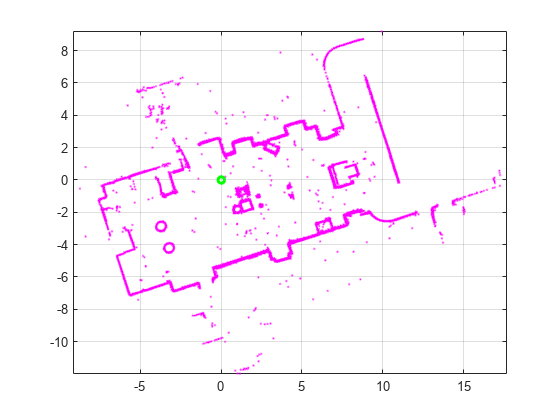findPose
Syntax
Description
absPose = findPose(scanMapObj,scan)
absPose = findPose(scanMapObj,scan,positionEstimate)
[___] = findPose(___,Name=Value) specifies
options using one or more name-value arguments in addition to any combination of arguments
from previous syntaxes. For example,
findPose(scanMapObj,scan,positionEstimate,SearchRadius=10) searches for
a matching scan in the map within a 10 meter radius of the position estimate.
Examples
Input Arguments
Name-Value Arguments
Output Arguments
Version History
Introduced in R2022b
See Also
lidarscanmap | poseGraph | addScan | updateScanPoses | detectLoopClosure | deleteLoopClosure | show
